Workplace Retirement Plan Startup Tax Credits
SECURE 2.0 can help alleviate the cost to small business owners setting up a workplace retirement plan. Learn about the potential tax credits and who is eligible.
For small business owners, offering employees a retirement savings plan can benefit your company by attracting new talent and helping to retain current talent. And now there is new legislation that can help alleviate the cost to employers of setting up a plan. SECURE 2.0, signed in December 2022, and its predecessor, the SECURE Act of 2019, offer potential tax credits for starting a qualified employer-sponsored plan (as defined by the IRS).
Did You Start a Workplace Retirement Plan After December 31, 2019?
Per the SECURE Act of 2019, workplace retirement plans started after December 31, 2019, may qualify your small business1 for tax credits of up to 50 percent of the plan startup costs2, limited to the greater of:
- $500, or
- the lesser of:
- $250, multiplied by the number of non-highly compensated employees (NHCEs) who are eligible to participate in the plan, or
- $5,000
Are You Starting a Workplace Retirement Plan After December 31, 2022?
SECURE 2.0 increases the potential startup cost tax credit to the lesser of 100 percent of eligible startup costs2 or $5,000 annually in the first three plan years for employers with up to 50 employees.
An additional tax credit is available to eligible employers related to employer contributions made on behalf of employees. For employers with up to 50 employees, the additional tax credit is a percentage of the eligible employer contributions, up to $1,000 per employee (limited to those who make less than $100,000) for the plan’s first five years for plans adopted after December 31, 2022:
- 100 percent in years 1 and 2
- 75 percent in year 3
- 50 percent in year 4
- 25 percent in year 5
- 0 percent thereafter
The full additional tax credit is limited to employers with up to 50 employees; it phases out for employers with 51–100 employees. Defined benefit plans aren’t eligible for the additional credit.
Auto-Enrollment Tax Credit
To help small businesses encourage participation in their workplace retirement plan, a $500 tax credit is available to businesses that add an automatic enrollment provision to their employees in 401(k) and SIMPLE IRA plans. Eligible employers may claim a $500 tax credit for up to three years after adding the automatic enrollment feature to their plan, new and existing.
Click these topics to learn more about SECURE Act, employee benefits, and business planning.
Commonwealth Financial Network® does not provide legal or tax advice. Be sure to consult a legal or tax professional to discuss the specifics relative to a specific retirement plan and its features to determine eligibility and impacts.
1 Per the SECURE Act of 2019, eligibility is limited to employers with no more than 100 employees receiving at least $5,000 in compensation, who start a retirement plan that includes at least one NHCE.
2 Startup costs covered by these provisions are limited to the ordinary and necessary expenses if paid by the employer to set up and administer a qualifying retirement plan as well as to educate employees about the new plan.
© 2025 Commonwealth Financial Network®
Latest News
How much does college really cost?
April 2, 2025
How Much Does Your Bracket Pick Really Cost? We hope you're just as excited as we were for this year’s March Madness Tournament and finally getting down to F...
READ MORE...Big News for Retirees: Social Security Fairness Act Repeals WEP and GPO
March 27, 2025
If you or your spouse have worked in both the public and private sectors—or if you’re currently drawing a government pension—there’s important news that...
READ MORE...Managing Taxes on Your Investments
February 19, 2025
Presented by Scott Portlock CFP®, CLU® When it comes to your money, it’s not what you earn, it’s what you keep. Here are some ideas that may help le...
READ MORE...Loading...






